How These 6 Flowers Got Their Names
A rose by any other name would still smell as sweet, but it's still interesting to know how some of our favorite flowers got their names.

An anthology is a collection of literary, musical, or artistic works gathered in a single setting. The Greek forebear is anthologia: anthos, “flower” + lego, “gather” = “a gathering of flowers.” Our English language is made more exquisite and colorful by an anthology of flowery words. So how did these flowers get their names?
Dandelion
The English used to call the yellow, shaggy weed a “lion’s tooth” because the jagged, pointed leaves resemble the lion’s snarly grin. During the early fourteenth century, the lion’s-tooth plant took on a French flavor and became the dent-de-lion, “tooth-of-the-lion.” Then it acquired an English accent: dandelion.
Daffodil
In Greek mythology, the blessed spent their afterlife in the Elysian fields, which were carpeted with a flower the Greeks named asphodelos. Over time the word acquired an initial d and eventually became daffodil. That’s fortunate because we now have the best of all flower palindromes: lid off a daffodil.
Narcissus
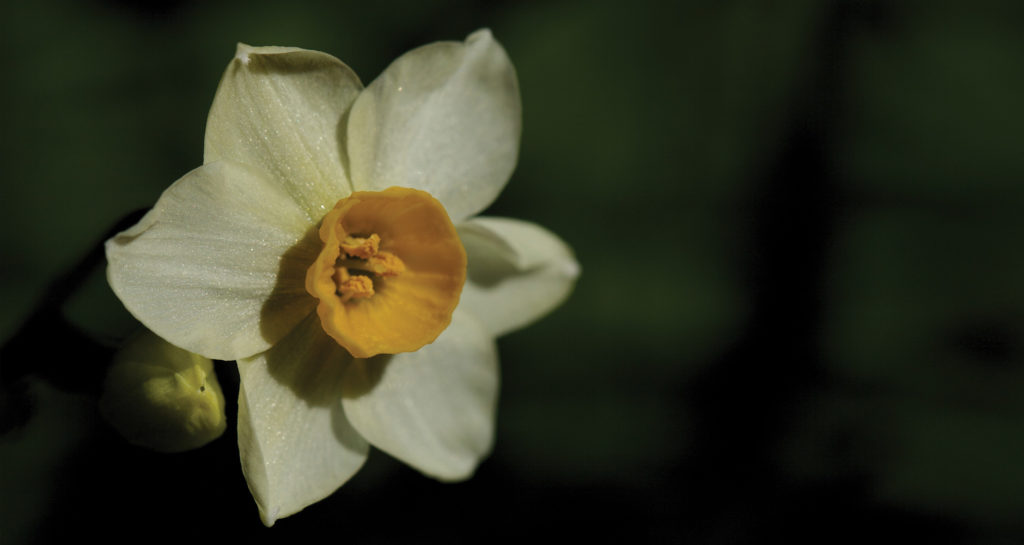
Also from ancient mythology we inherit narcissus, a handsome and usually white or yellow flower. The name echoes the ancient Greek myth of the handsome Narcissus and the doomed Echo. Echo was a beautiful nymph who once upon a time aided Zeus in a love affair by keeping Hera, his wife, occupied in conversation. As a punishment for such verbal meddling, Hera, the queen of the gods, confiscated Echo’s power to initiate conversation and allowed her to repeat only the last words of anything she heard.
Such was a sorry enough fate, but later Echo fell madly in love with an exceedingly handsome Greek boy, Narcissus, who, because of Echo’s peculiar handicap, would have nothing to do with her. So deeply did the nymph grieve for her unrequited love, that she wasted away to nothing until nothing was left but her voice, always repeating the last words she heard.
The fate that befell Narcissus explains why his name has been transformed into words like narcissism and narcissistic, “pertaining to extreme self-love.” One day Narcissus looked into a still forest lake and beheld his own face in the water, although he did not know it. He at once fell in love with the beautiful image just beneath the surface, and he, like Echo, pined away for a love that could never be consummated.
Daisy
Daisy was created in Old English from the poetical “day’s eye.” The flower is indeed a metaphor waiting to be born, with its sunburst center, its radiating white petals, and its sensitivity to the progress of the day, opening during the sunny hours and closing in the evening and extinguishing its brightness. The poet Geoffrey Chaucer, without benefit of any linguistic manual, referred to the sun as “the day’s eye, or else the eye of day.”
Poinsettia
Of the various plants associated with the Christmas season, the poinsettia possesses the most intriguing history etymologically. A Mexican legend tells of a penniless boy who presented to the Christ Child a beautiful plant with scarlet leaves that resembled the Star of Bethlehem. The Mexicans named the plant Flor de la Noche Buena (“Flower of the Holy Night”) Dr. Joel Roberts Poinsett, the first U.S. minister to Mexico, discovered the Christmas flower there in 1828 and brought it to this country, where it was named in his honor in 1836.
Fun Fact: The flaming poinsettia has become one of the most popular of Christmas plants–and one of the most misspelled and mispronounced (pointsettia, pointsetta, poinsetta) words in the English language!
Tulip
The tulip’s cup-shape “mouth” may remind you of “two lips,” but that is not how the flower got its name. The Dutch borrowed tulip from the French (tulipan), who purloined it from the Turks (tulbend), who noted that the shape of the flower reminded them of a turban.

Richard Lederer
Richard Lederer is a writer, speaker, and teacher best known for his books on word play and the English language and is a regular contributor to the Farmers' Almanac. You can visit his web site at Verbivore.

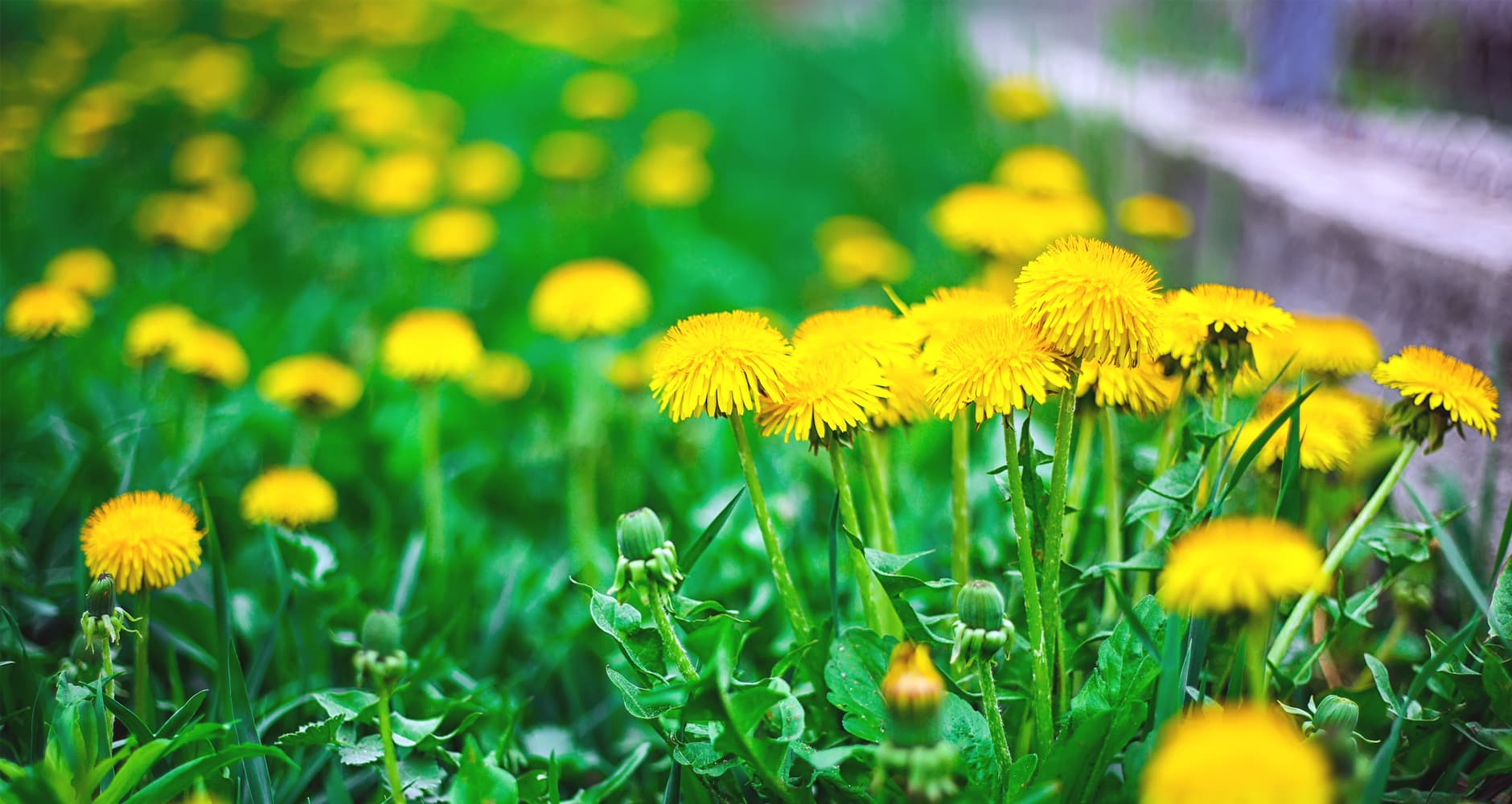
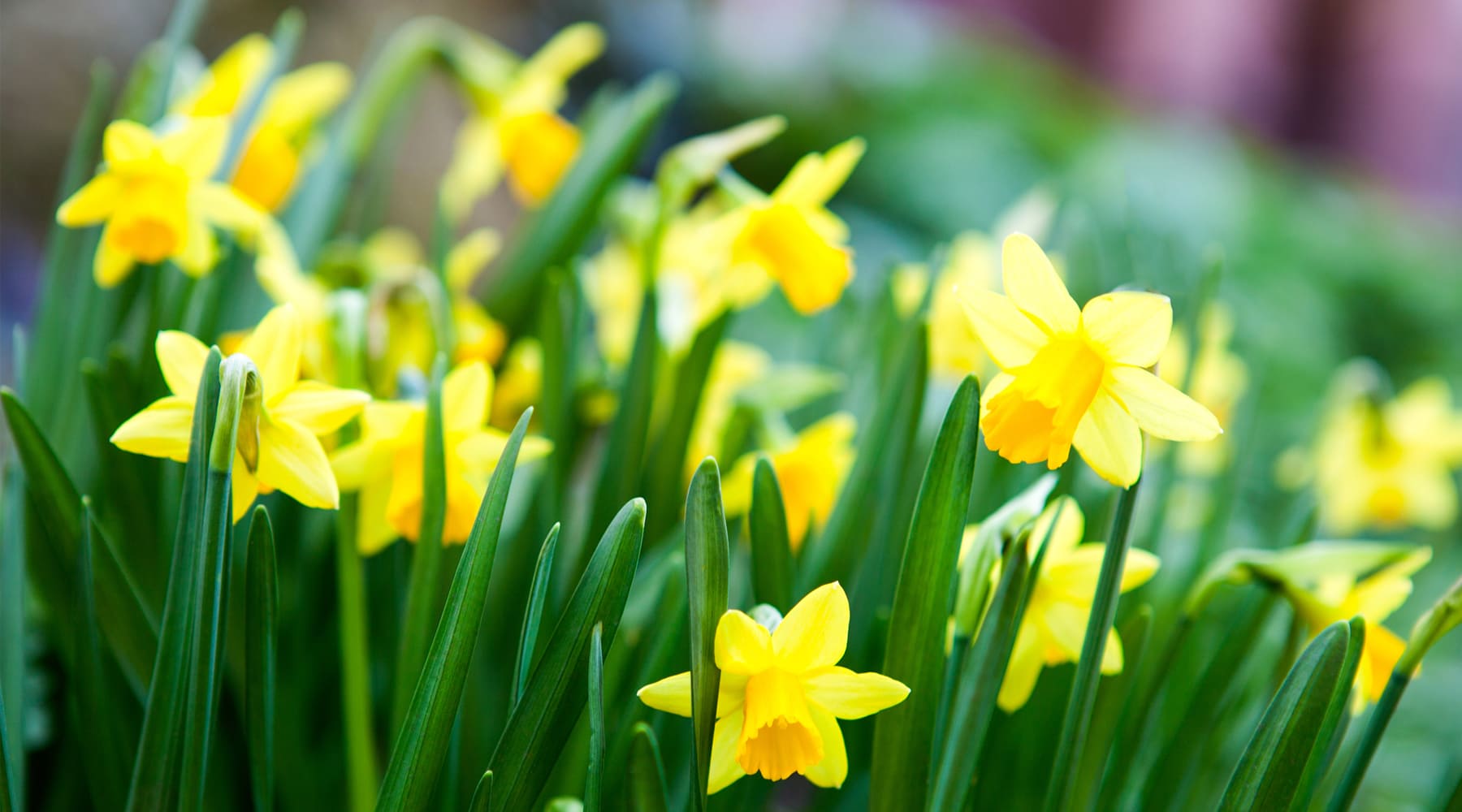
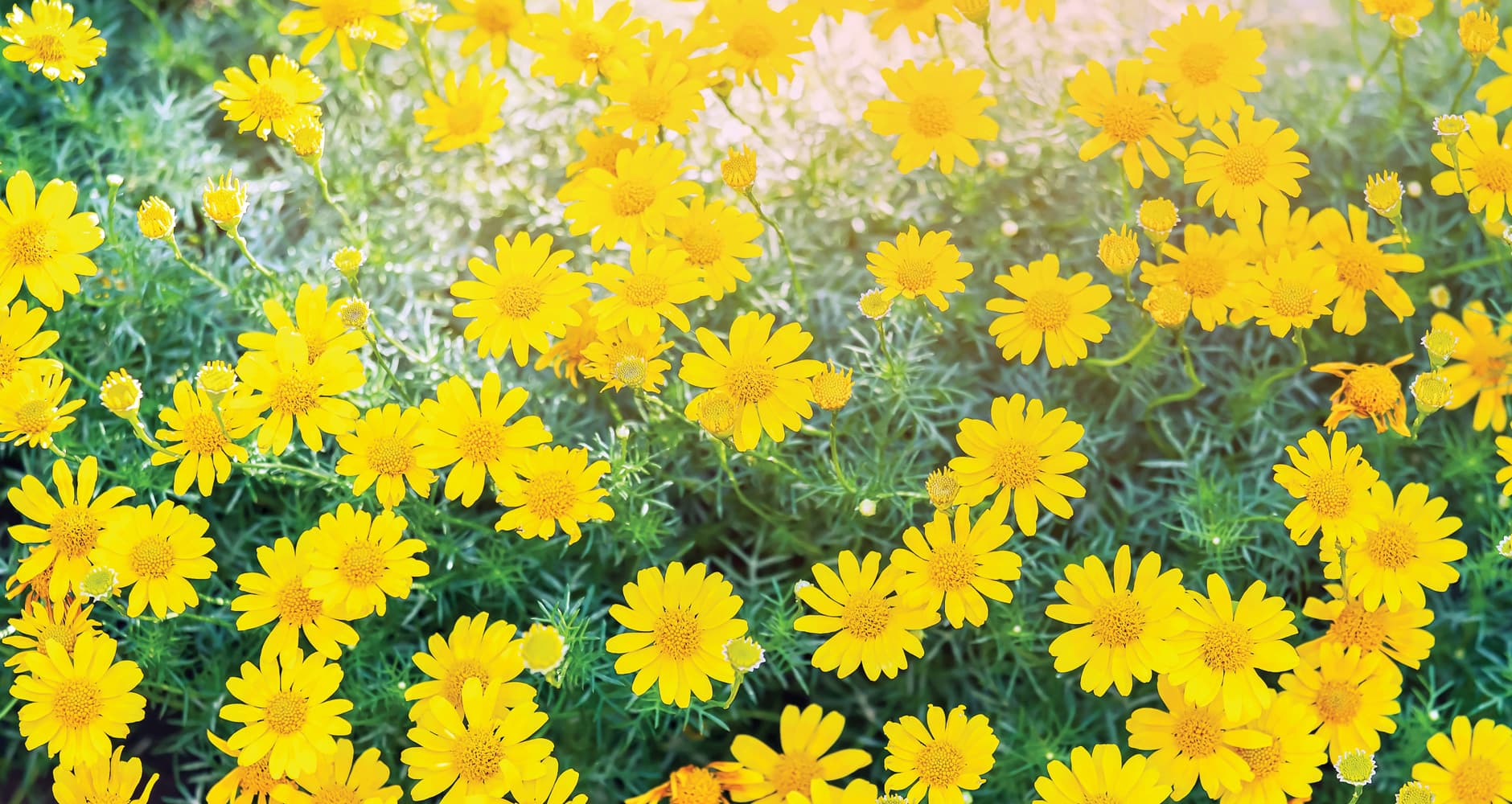
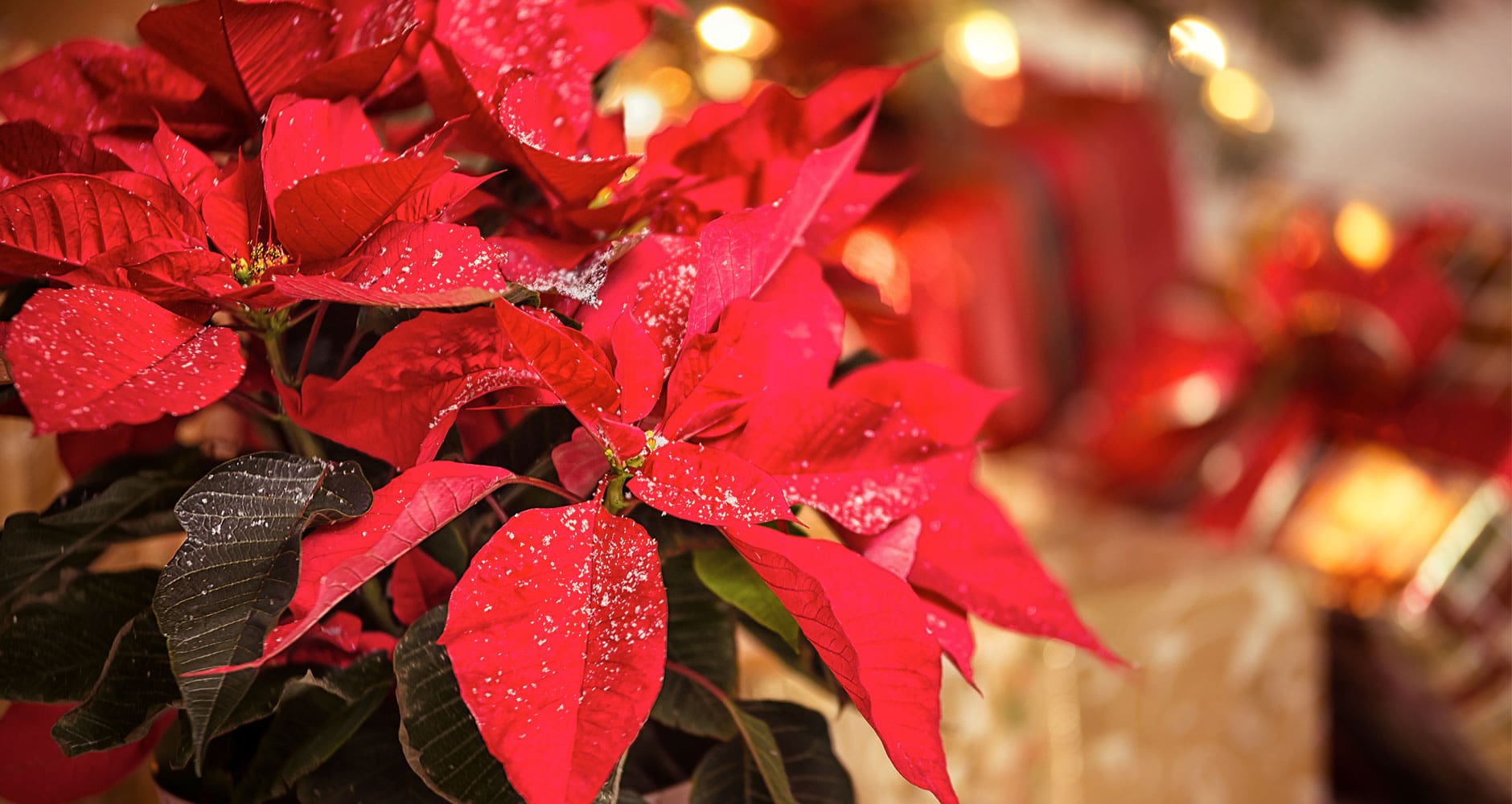
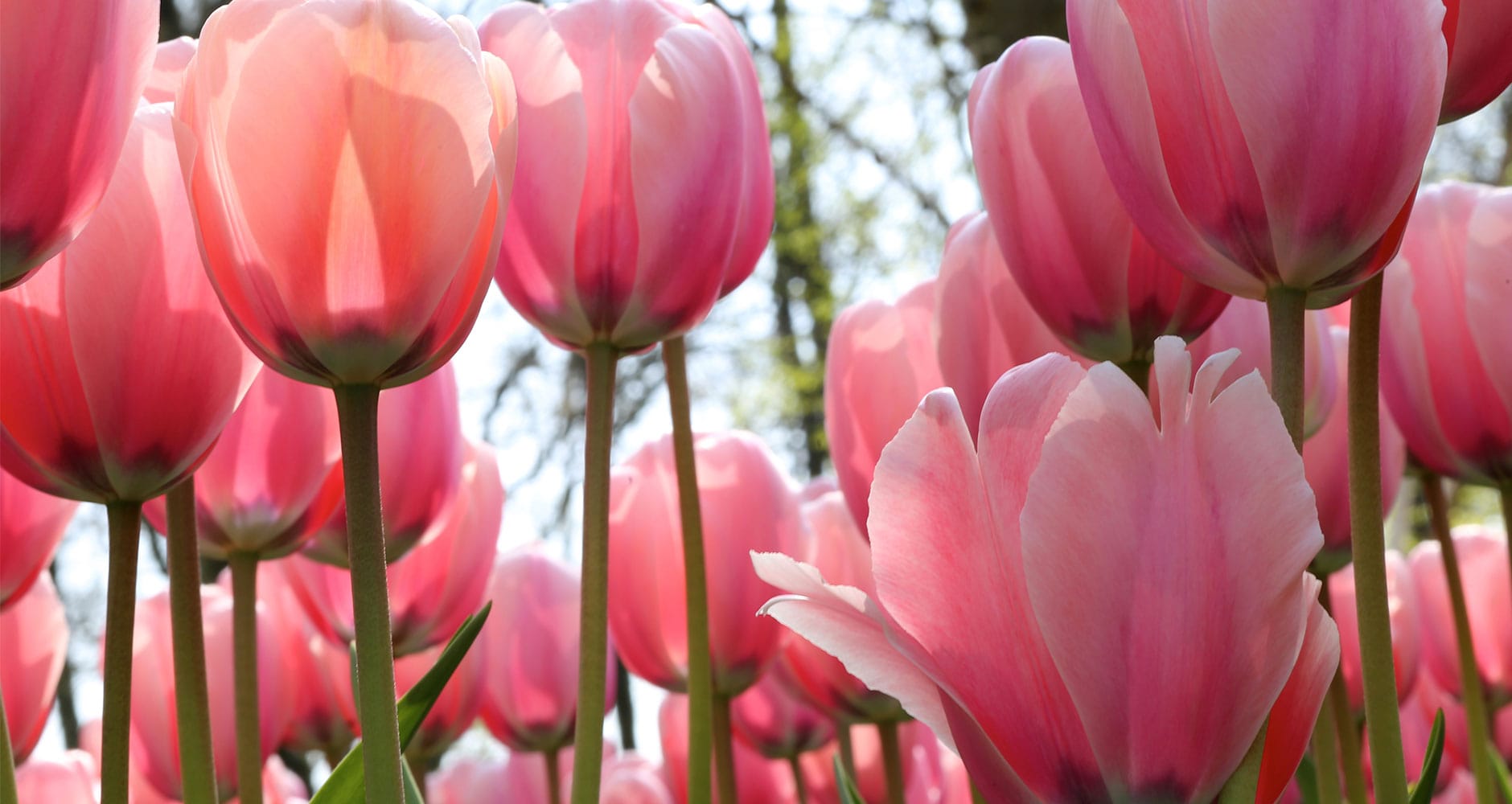





Can you tell me how tulips got their name? I have an assignment I have to do with the kids and I cannot find any solid answer.
Can you tell me when you can dig up lilac bushes and transplant them?
Richard, I like your hat! You make learning fun, thanks for the info on the flowers’ names. If okay with you, I would like to reprint your article on my color blog in the spring just before flowers appear. See colorfilled.blogspot.com